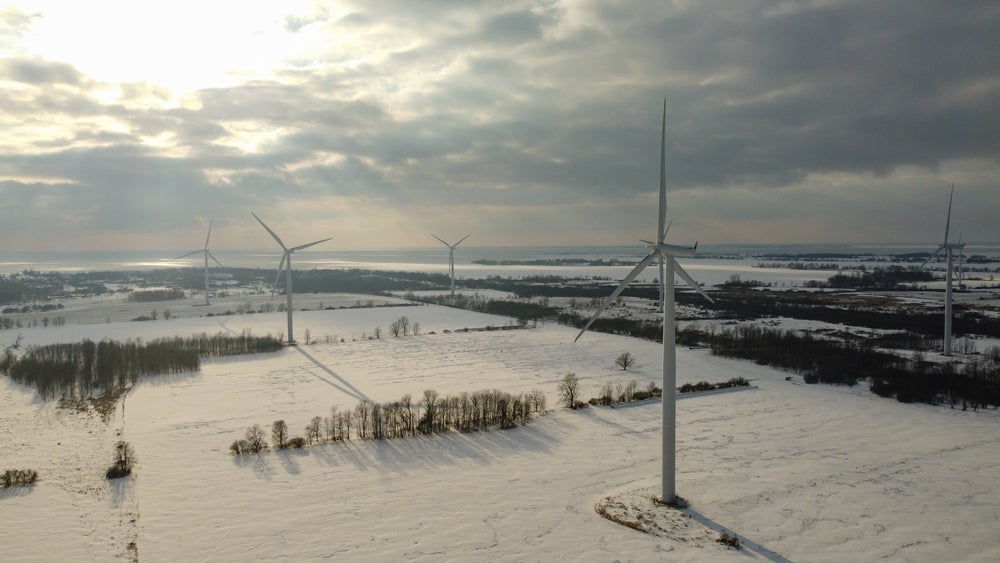Modernising Canada’s electricity systems is key to ensuring affordable, secure energy in the face of global energy market volatility, while also advancing the country’s climate goals, finds new research from think tank the Canadian Climate Institute.
However, without coordinated action from provincial and federal governments to build “bigger, cleaner, and smarter” electricity systems, Canada’s low-carbon transition could be much rougher, finds the report, The Big Switch: Powering Canada’s net zero future.

Discover B2B Marketing That Performs
Combine business intelligence and editorial excellence to reach engaged professionals across 36 leading media platforms.

The country first needs to grow its electricity systems to meet the increased demand from widespread electrification, say the researchers. Specifically, studies show that in a net-zero future, Canadian electricity demand will grow to be 1.6–2.1 times larger by 2050 compared with today. To meet that demand, Canada’s electricity generation capacity will need to be 2.2–3.4 times bigger than today.
It also needs to make electricity systems cleaner by phasing out unabated fossil fuel generation, accelerating the growth of solar and wind, and maintaining hydro and nuclear power‘s important role, states the report. Other technologies such as carbon capture, use and storage applied to emitting generation, small modular nuclear reactors, hydrogen-fired electricity generation and geothermal have strong potential, but their future role is more uncertain.
Finally, Canada needs to make its electricity systems smarter by ensuring they are flexible enough to support more variable energy from solar and wind – as well as resilient enough to endure the effects of climate change . That could be done by deploying sources that generate power on demand, such as hydropower; enhancing grid integration; scaling up battery storage; or using smart technologies to shift when power is used, such as programming electric cars to charge at night while demand is low.
To achieve all that, the Canadian Climate Institute recommends the government adopts a policy of “electric federalism”. This would entail the federal government strengthening climate policy in the electricity sector. The federal, provincial and territorial governments should leverage public funds to defray the costs of electricity system investments for ratepayers. Provincial and territorial governments should also “flex their policy muscles” in driving transformation of their electricity systems. In addition, to enable and accelerate policy action, the federal government should consider offering financial support to provinces and territories in exchange for them implementing a limited number of high-level policy actions, recommends the think tank.

US Tariffs are shifting - will you react or anticipate?
Don’t let policy changes catch you off guard. Stay proactive with real-time data and expert analysis.
By GlobalData


